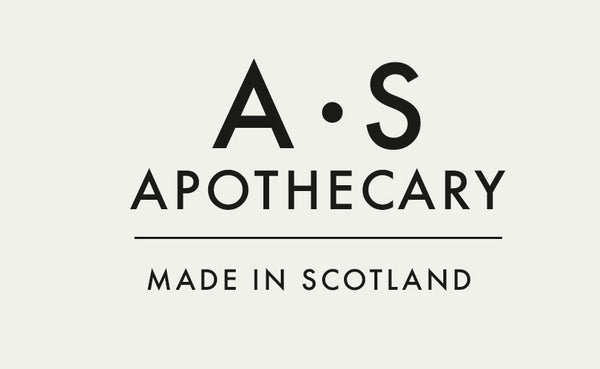I mentioned in an earlier blog post that I have been very worried about plastics and had started the process of trying to eliminate them from our workshop wherever possible. There is mounting evidence that storing in plastic and using plastic in the making process creates microplastics which we are exposed to daily in our work and they can shed into products which means you are exposed to them too.
Takeaway Cups
We started with the easy, but slightly controversial option, we banned takeaway cups on our premises. We have actual cups for anyone wanting to have a coffee or one of our teas in the shop and we're very happy to fill your cup if you bring one in with you. We also sell beautiful ceramic cups in the shop which, if you buy one, we're happy to wash and use. I was prompted to act having read, amongst many, an Indian study which found that we inadvertently consume "0.03 milligrams of plastic debris per kilogram of body weight daily through single-use cups. Over a lifetime this equates to roughly 54 grams (1/4 cup) of microplastic exposure"
Storage
Next I turned my attention to storage. We have for a long time stored our dried plants in lidded buckets, this has made life easy. Buckets are cheap to buy and light to carry and with a good lid they create a well sealed storage option. However I decided to switch them for stainless steel milk churns which do the same job but without the issue of microplastic contamination. This has been a startlingly expensive option but I feel really happy to see the rows of churns on the new shelves instead of buckets.
Macerations
Our oil and alcohol macerations have always been stored in glass and now we have some much bigger kilner jars to work with which is exciting. The issue around other oils is that they are transported to us in plastic 5 litre containers, this is because of weight and cost. The exception is our Olive oil which arrives in metal canisters. So now our policy is to decant all our oils that arrive in plastic into glass as it arrives at the workshop. We can't do much about it before it arrives but we can make sure when it gets to us, that we minimise microplastic shedding.
Making
So then to making, we have large plastic, glass and stainless steel bowls that we make products in. I found some really beautiful mixing bowls when I recently visited Whichford Pottery and bought 6 to join the glass and steel bowls. These are arriving next week and so we can finally remove all the plastic from our making.
This has been a very expensive and time consuming process (I've also loved seeing the transformation), protecting you and us is paramount. There seems little point in growing organically, wild harvesting and making with such care if the process is undermined by microplastic contamination, so this feels a very positive step for us.
Skincare
There is one other key area that doesn't affect us, but might affect you. We don't use any microplastics in our products but many other brands take a different view, so I would urge you to check the ingredients of what you use - look for the main culprits and have a muse on whether you want to be applying them to your skin:
Anything with “poly” in the name such as polypropylene, polyacrylamide, polyurethane or polymer - these are generally added for texture
Anything with “methyl” or “metha” in the name such as methylparaben, methacrylate copolymer or methyl methacrylate crosspolymer - parabens are preservatives with an oestrogen mimicking effect, the others are for texture or skin softening
Dimethicone - to create a barrier on the skin
Nylon - for bulking and viscosity
Ethylene - mixed with other compounds for gelling, film forming and stabilising
PEGs (polyethene glycol) or PPGs (polypropylene glycol) - you'll be amazed at the number of products containing PEGs. - humectant, solvent and enables products to penetrate the skin.
Anything with “methyl” or “metha” in the name such as methylparaben, methacrylate copolymer or methyl methacrylate crosspolymer - parabens are preservatives with an oestrogen mimicking effect, the others are for texture or skin softening
Dimethicone - to create a barrier on the skin
Nylon - for bulking and viscosity
Ethylene - mixed with other compounds for gelling, film forming and stabilising
PEGs (polyethene glycol) or PPGs (polypropylene glycol) - you'll be amazed at the number of products containing PEGs. - humectant, solvent and enables products to penetrate the skin.
We do all of this and so much more without recourse to any of these ingredients.
I read an article in the guardian a few days ago written by Linda Geddes, it makes for a sobering read and it's confirmation that we're moving in the right direction and I do hope other brands embrace plastic free production as far as possible, it's ultimately liberating. https://www.theguardian.com/environment/2025/oct/12/plastic-inside-us-microplastics-reshaping-bodies-minds


1 comment
How can I order ?